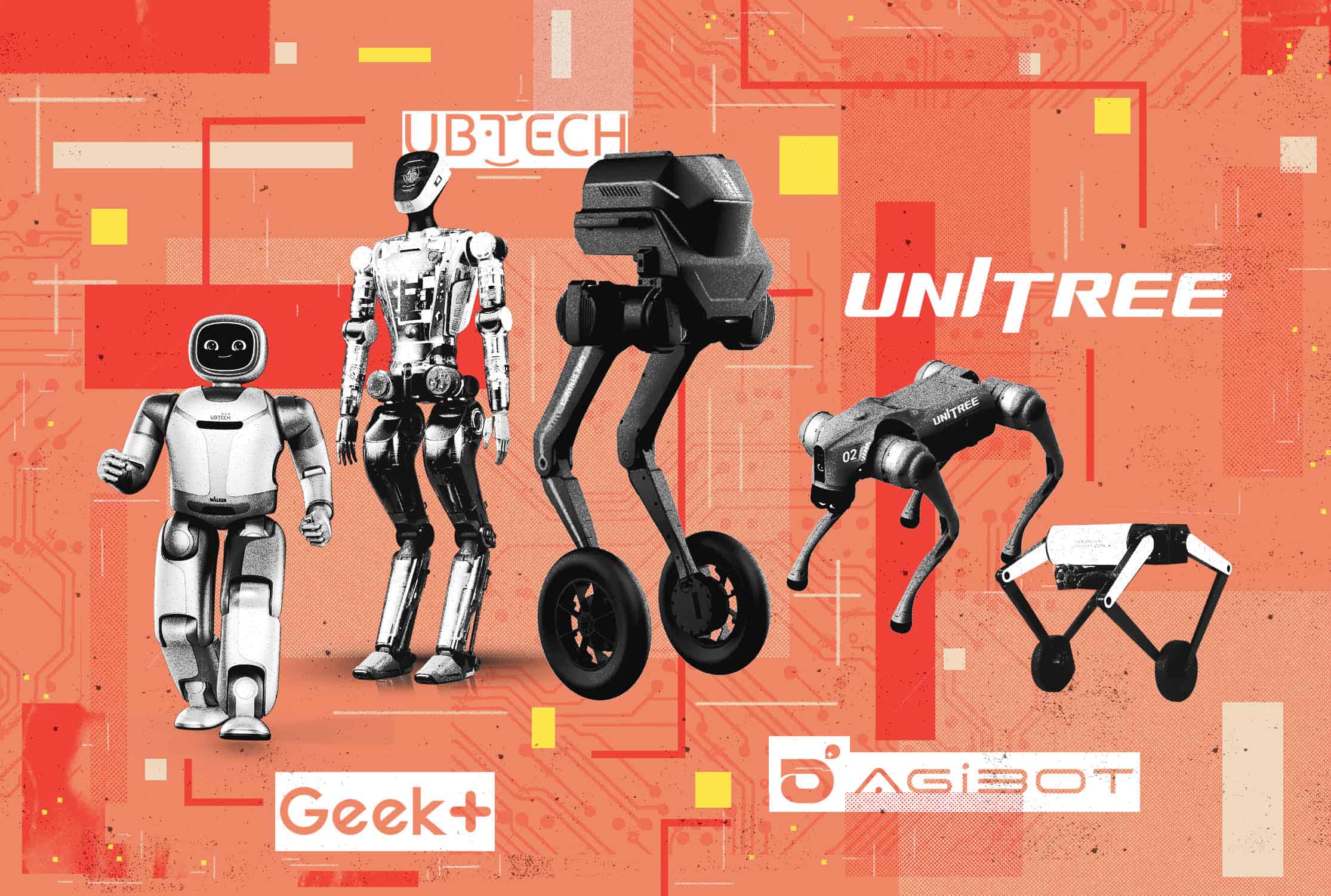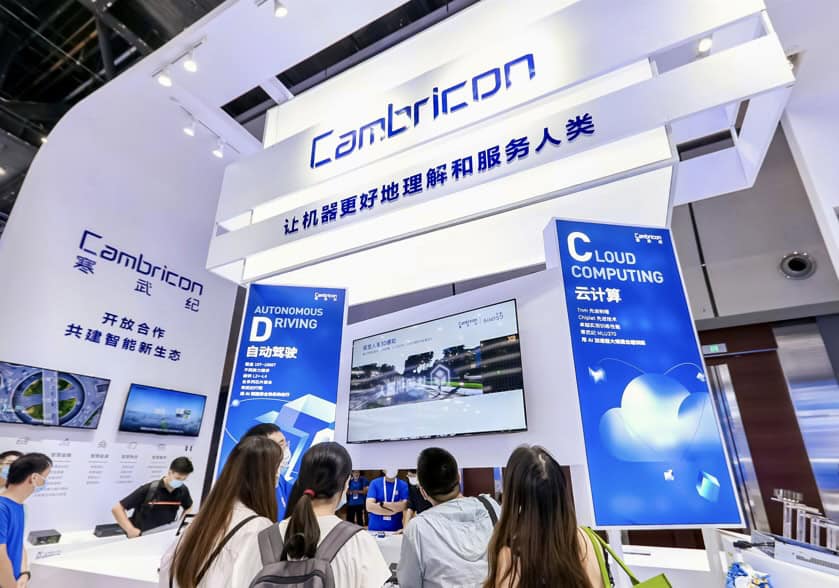Good evening. It is not just infrastructure — roads, bridges, ports and a high-speed rail network — that the Chinese Communist Party can will into being, thanks in large part to its control of the state banking system. It can also seed, seemingly overnight, the rise of entirely new industries that it deems vital — industries such as rare earths, solar panels and electric vehicles. Robotics is a relatively recent addition to the Party’s list of strategic industries it is determined to dominate. China is (but of course) the world’s largest buyer of robots and Chinese companies now control half of their domestic market, compared to their one-third share just five years ago. In our latest Who’s Who edition of industry leaders, Noah Berman and Dean Minello identify the industrialists, entrepreneurs and academics responsible for advancing China’s robotics industry, compiled from corporate documents, company and government statements, and media reports.
Also in this week’s issue: How Temu and Shein have adapted to the end of the “de minimus” exemption; the Chinese upstart that would be the next Nvidia; Dr. Ruby Wang on China’s rapidly changing healthcare system; and the AI race China isn’t winning.
Want this emailed directly to your inbox? Sign up to receive our free newsletter.

Who’s Who in Robotics
In this week’s issue, The Wire China profiles the heads of China’s oldest industrial robotics firms and leaders of a new wave of startups developing humanoids and robodogs, as well as the academics and policymakers paving the way for the industry’s development. Some may make many investors very rich. Others on the list will have to be treated with caution by investors, especially American investors. Of the 50 companies and universities represented on our list, four are blacklisted in some form by the U.S. government.

No De Minimus, No Problem
Ending “de minimus” — the import-duty exemption on sub-$800 packages exported to the U.S. — was supposed to be a crippling blow to Chinese retailers Temu and Shein, whose business model seemingly depended on the loophole. But as Eliot Chen reports, both companies have reacted creatively, figuring out other ways to keep serving their American customers while also finding new ones in other markets, such as Brazil.

The Big Picture: Cambricon, Company in the News
Like Nvidia, Cambricon designs AI processing chips. Like Nvidia, its share price is soaring. Unlike Nvidia, it is not profitable and generates 80 percent of its revenues from an unnamed client. It is also subject to U.S. government sanctions. In this week’s company-in-the-news big picture, Noah Berman looks at the local hero that could be China’s best hope of weaning itself off American chip design technology, the two brothers who co-founded it and its connections to the Chinese Academy of Sciences.

A Q&A with Ruby Wang

Ruby Wang is a China-born, UK-trained doctor who has worked for Alibaba, the UN and the British embassy in Beijing, where she was involved in negotiations with Chinese healthcare agencies.
In a conversation with Robert Postings, Wang describes China’s healthcare system as a “patchwork” that includes a public system, the quality of which varies widely but is generally affordable, and a rapidly growing, high-cost private alternative. She describes how a typical elderly patient — her grandmother — can navigate through the system entirely on her phone, and discusses how Covid changed the industry. “Today,” she says, “all brick and mortar health services must have a digital service: If you don’t, no one will come to you.”
Ruby Wang
Illustration by Lauren Crow

The AGI Race
There is AI and then there is AGI, or Artificial General Intelligence, at which point the technology rivals human cognitive abilities. In this week’s opinion piece, Seán Ó hÉigeartaigh and Kristy Loke argue that fears in the U.S. that China are winning the AGI race are overblown.
Subscribe today for unlimited access, starting at only $19 a month.

